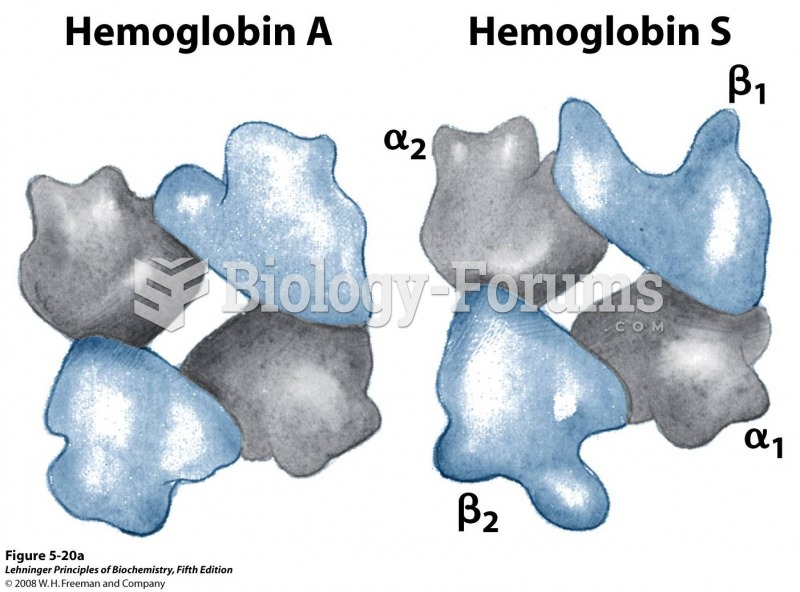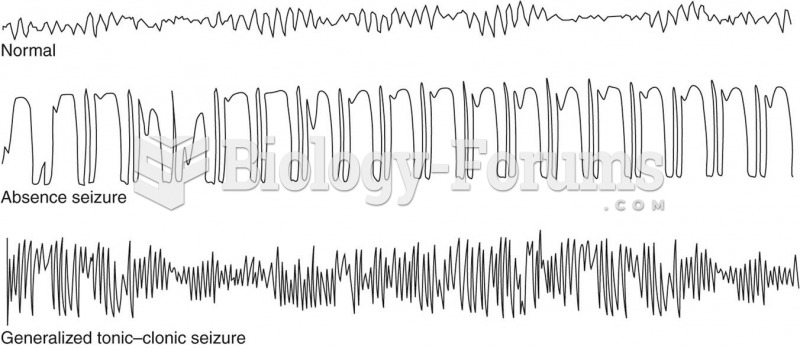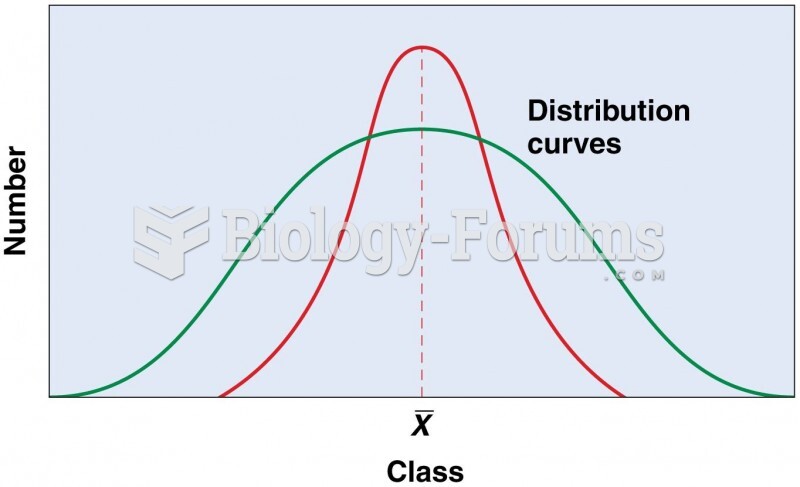Suppose a family is holding 1000 in its checking account for normal transactions, 500 in cash for emergencies, and 1500 as a store of value when the interest rate is 4 percent.
If the interest rate rises to 10 percent, which of the following patterns of holding money would be most likely and why? A) Transactions demand1000; Precautionary demand350; Asset demand500, because the opportunity cost of holding money has increased. The reduction money balances held as an asset is greatest because interest-bearing assets are much more attractive when interest rates are higher.
B) Transactions demand500; Precautionary demand500; Asset demand1400, because the opportunity cost of holding money balances has risen. The reduction in money balances held for transaction purposes falls the most because people start using credit cards more when the opportunity cost of holding money increases.
C) Transactions demand1000; Precautionary demand500; Asset demand500, because only the asset demand is responsive to changes in the interest rate.
D) Transactions demand800; Precautionary demand600; Asset demand1500, because people can economize on their money balances for making transactions, but the possibility of an emergency increases with the interest rate. People will also expect rates to go higher, so they will hold money as an asset until the rates increase further.
Question 2
According to classical economists, when aggregate demand decreases
A) unemployment is reduced, the price level increases, and equilibrium real GDP is reached.
B) unemployment is reduced, the price level decreases, and equilibrium real GDP is reached.
C) unemployment temporarily increases, the price level increases, and equilibrium real GDP is reached.
D) unemployment temporarily increases, the price level decreases, and equilibrium real GDP is reached.







